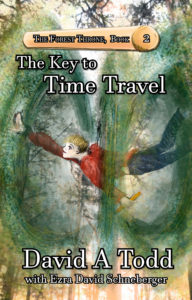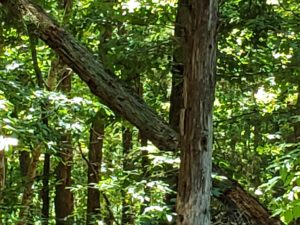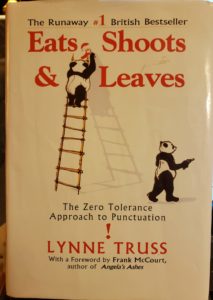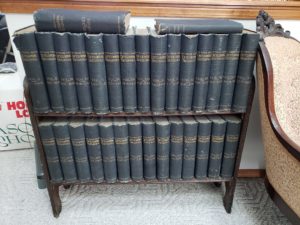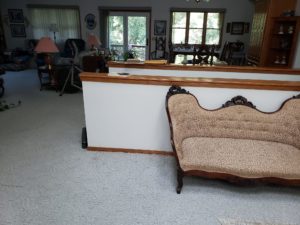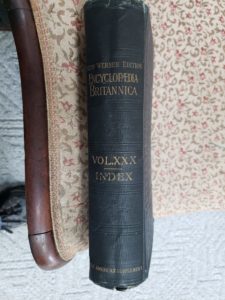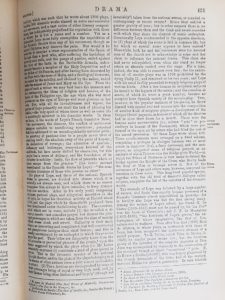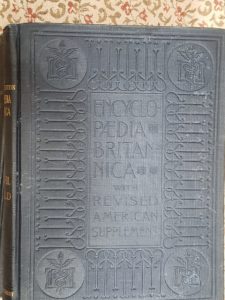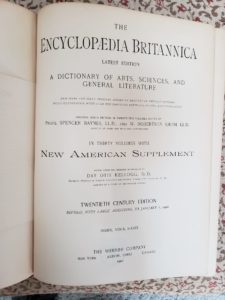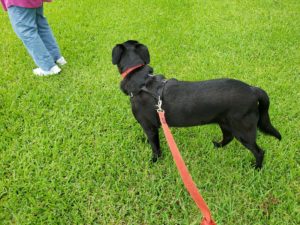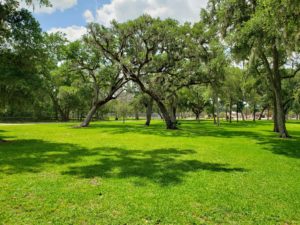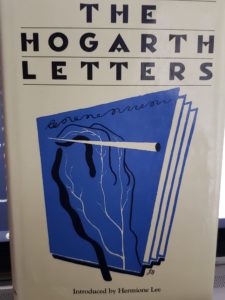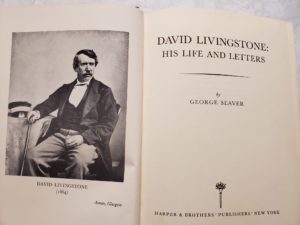So, the day after posting my writing goals for July, I started to have second thoughts.
In that post, I said my main project would be the next Documenting America series, Run-Up To Revolution. I started working on it yesterday, creating the Table of Contents and cataloging the source items already in the Word document. I turns out I only have five more documents to either find and copy or type. That’s a good start.
But is it the right thing to write? The last couple of days I did some more looking into Kindle Vella. For those who don’t know, that’s an Amazon platform for stories/books brought out in serial form. I thought maybe I could publish my nascent memoir, Tales Of A Vagabond, there. I have five “episodes” as K-V calls them) written, and a little inspiration caused me to start planning the broader book.
But wait, because that new Bible study I mentioned in a previous post continues to pull at me. I did a little research reading for it yesterday in the second source document, and a proposed outline has started to come together in my mind. Nothing is on paper yet.
But it also occurred to me that maybe I should return to working on the eight-part Bible study A Walk Though Holy Week. I’ve written about that before. Parts 4, 5, 6, and 7 are written, and Parts 4, 5, and 6 have had one editorial pass. These four could be ready to publish in a couple of months, Parts 1, 2, and 3 are fully planned, and Part 8 partially planned. It occurred to me that maybe I should shift to writing Part 1, for I don’t know if it makes sense to begin publishing the series at Part 4. What to do, what to do?
Then, our adult Sunday School class has begun re-studying C.S. Lewis’s The Screwtape Letters. We went through it around 2008, and I wrote four chapters covering four letters. I found them useful in teaching fifteen years later, and I feel the itch to work again on it again. But, that would be quite time consuming and energy sapping. What to do?
And that’s not all. A couple of months ago, finding myself at the time of our critique group and me with nothing to share, I dashed off the first four pages of the first book in my long-planned-but-never-started Alfred Cottage Mysteries. The crit group seemed to like it, as they had liked the series summary I had shared earlier. I’ve wanted to write that series for a long time but have hesitated since it would be yet another genre—something I don’t really need.
And one other thing occurred to me. Perhaps it’s time to get going transcribing the letters from our years in Saudi Arabia, as I did with the letters from our years in Kuwait. I want to get to that while I still have strength of mind and body. That’s not a commercial project; it would be only for family. But it’s important to me to see it done. I think, among all these things I’ve mentioned, it is the least likely to pop up to the surface at this time.
With all that, I actually have one or two other ideas floating around in my head, things that have come to me recently that haven’t gelled sufficiently to think of a title, an outline, or a purpose and scope. But they are there, consuming brain cells, and interrupting my reading on more immediately pressing projects.
Ah, the life of the writer with Genre Focus Disorder, too much immediate time, and too few years left in an already fruitful life to write everything that sits a while in my mind, never mind those ideas that flit through.
